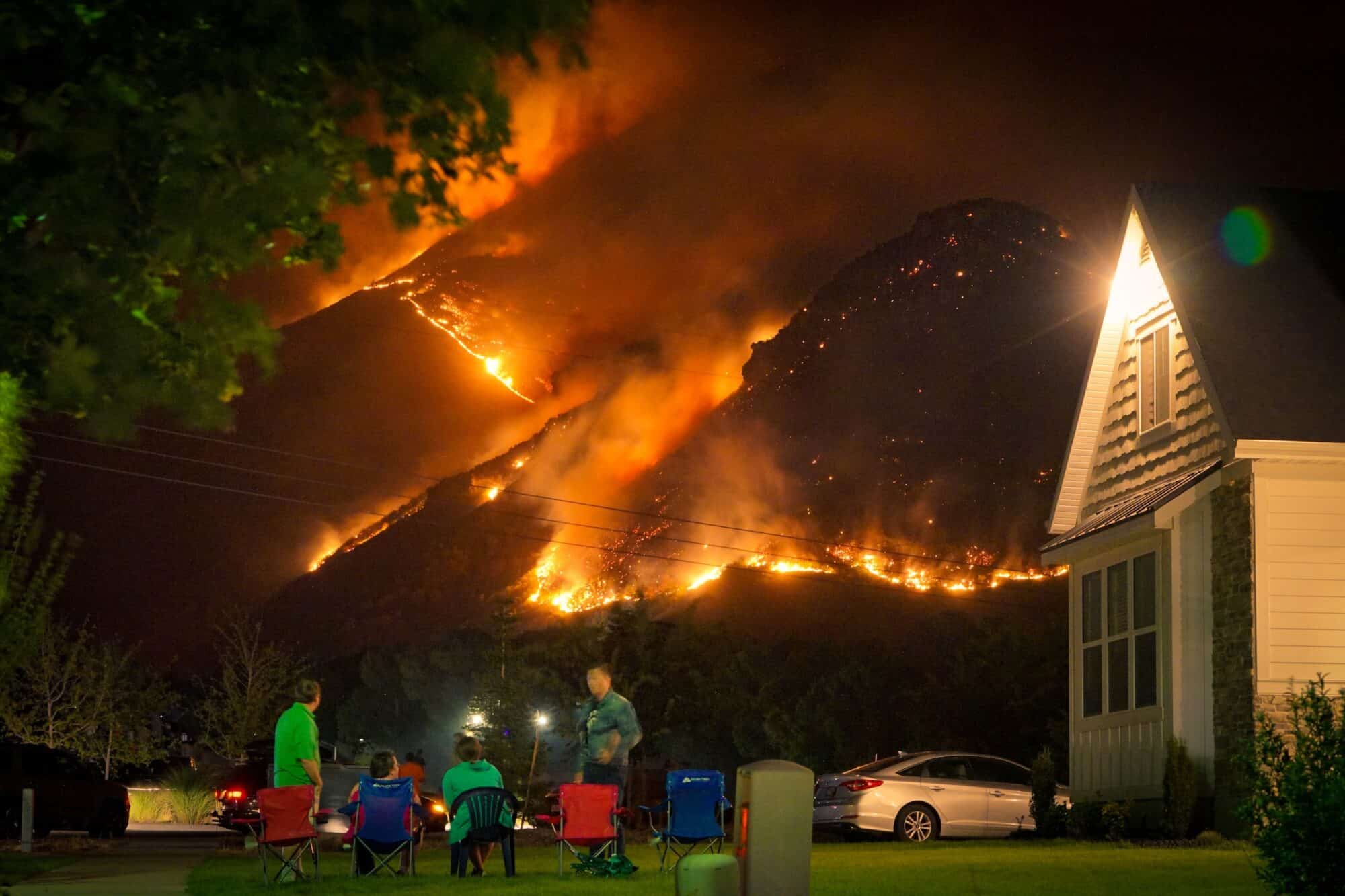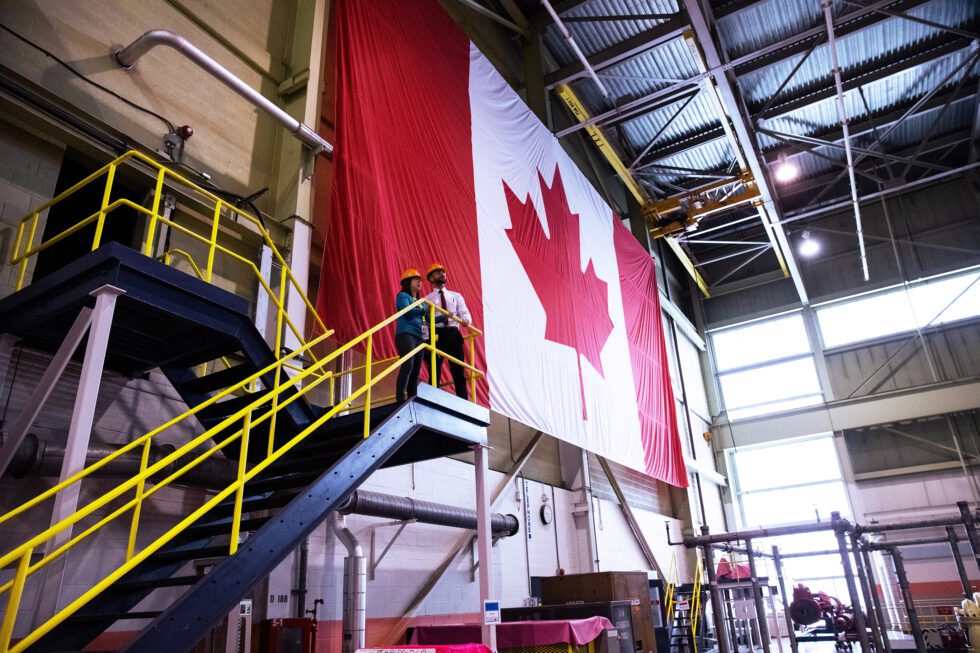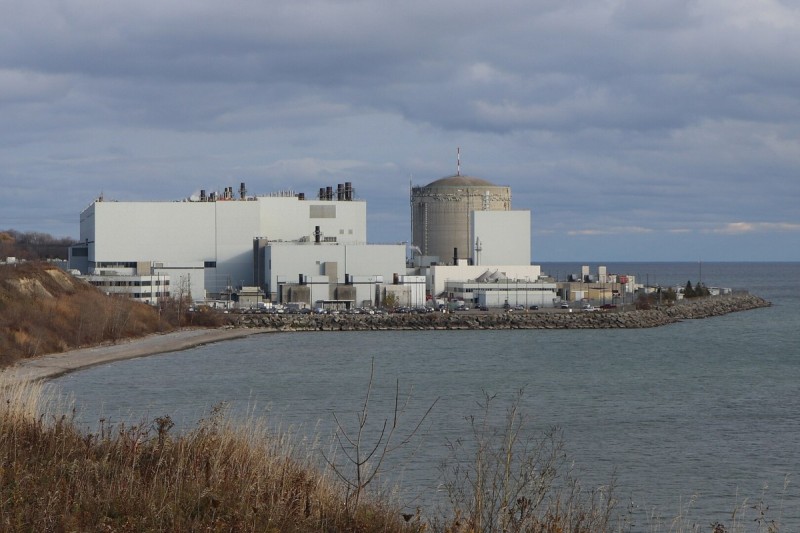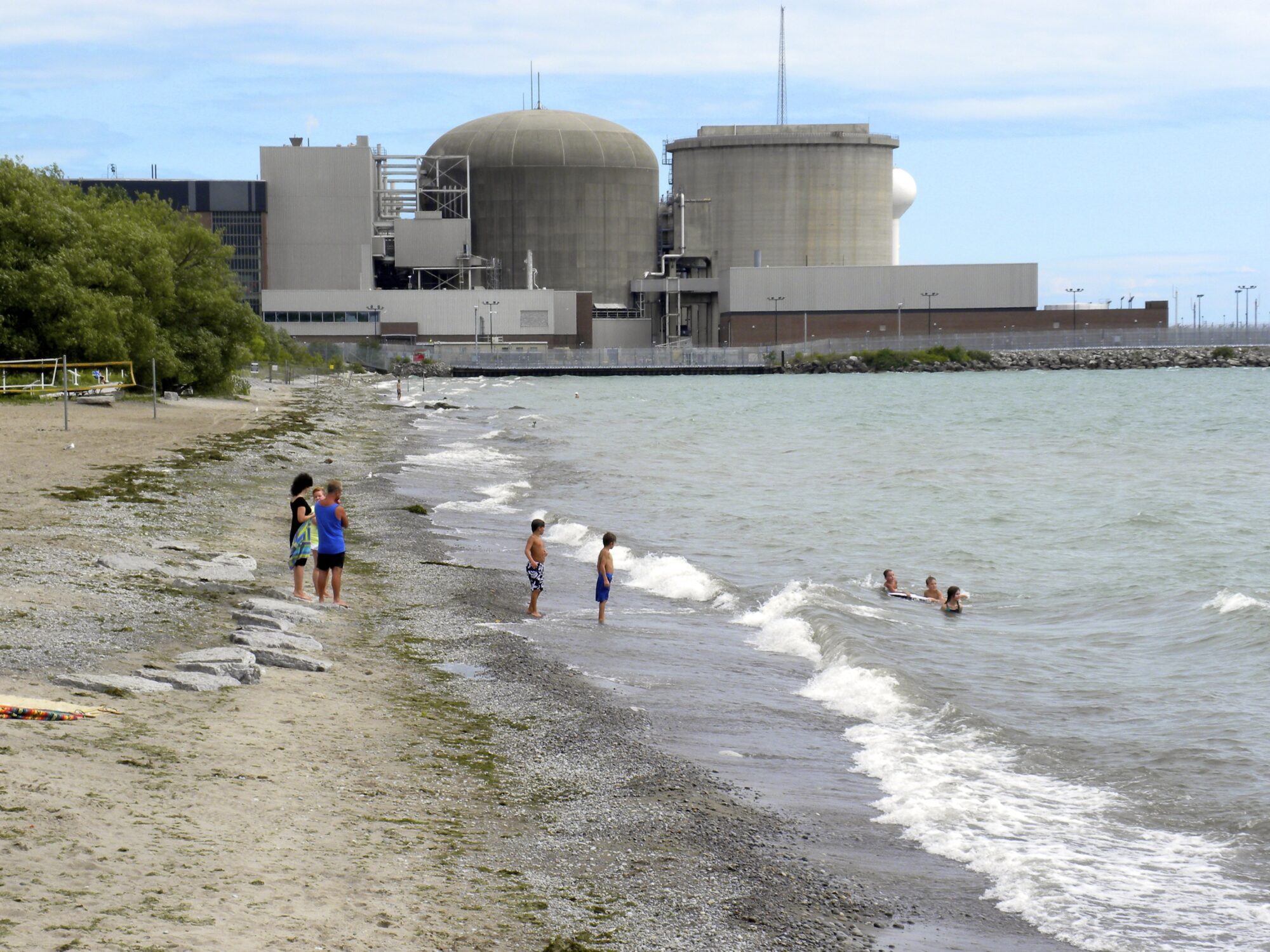Recent events have triggered an important discussion on the Left’s approach to climate change policy. The Leap Manifesto is one expression of the desire to transition to a carbon neutral economy while creating a more just and “caring” society.
There are important contributions that a Canadian social democratic perspective in particular can bring to the issue of low-carbon transitions. A transition is a long-term, structural change. It can occur over a generation or the entire lifetime of an individual’s career. A low-carbon transition is needed that sees emissions approach zero by the latter half of this century and substantially reduced by 2050 (meaning 90% reductions in industrialized countries).
These might seem like long timelines, but setting us on a low-carbon social and economic trajectory requires immediate strategic actions.
Social democracy is particularly well placed to combine the short- and the long-term – because it is a perspective that integrates an aspirational vision for societal change with a connection to the everyday problems of working people. Social democracy also offers an “evolutionary” perspective that thinks about how we get from where we are today to where we need to go, which perhaps contrasts this perspective with the “leap” metaphor.
A social democratic perspective can highlight how economic security and economic transitions are fundamentally interrelated. Consider that the celebrated 20th century Swedish model was characterized by a labour movement exhibiting unparalleled openness to industrial restructuring. In post-war Sweden it was the labour unions (not the owners of capital) that championed an economic transition. Why? Because the labour movement recognized that the best way to create greater wage equality was to shift workers away from vulnerable industries towards advanced sectors with higher productivity.
The Swedish welfare state enabled this openness to forward looking industrial restructuring because workers would be supported through policies that offered income support as well as active retraining and job search and placement. So the welfare state in Sweden actually helped the government and unions speed up a process of economic change.
The lesson for low-carbon transition policy is that a “just transition” and social safety net is not simply the caring and compassionate thing to do, or something that is a nice thing to have if we can afford it. Economic security is a must have because it enables a forward-looking economic transformation. Equipped with the right conditions workers can take the lead in building an economy that is more adaptive, innovative, and green.
Recognizing the societal prerequisites needed to accelerate a low-carbon transition, a green social democratic project should start thinking about the suite of social programs needed in this century. This can include repairing Canada’s employment insurance system and providing more active supports for retraining and job searches. It might also include new social services and social rights. For instance, in a low-carbon world everyone should have access to energy efficiency services to guard against energy cost insecurity and promote a more active role for citizens in the use and production of energy.
A uniquely Canadian perspective must also consider the importance of natural resources to particular regions. Regional politics in Canada have often clouded the development of broader national coalitions focused on promoting equality, economic independence, and environmental sustainability. It is important to recognize the diverse economic situations in Canada’s regions while uniting Canadians in common projects.
There is a long history in Canadian political economy of examining how natural resources have shaped Canada’s economic trajectories. Over-dependence on natural resources can leave regions vulnerable to volatile international markets. One way to manage natural resource economies is to maximize the value of resource production, while also promoting diversification from the natural resource base by creating linkages with other sectors. The traditional policy recipe, in the forestry sector for example, is to ship fewer raw logs and to produce “value-added” goods from wood products.
Since climate change makes carbon neutrality the ultimate goal, any linkages with natural resource sectors should lead us to a green economy. This might seem daunting in fossil-based natural resource sectors. However, an economic sector is not a static thing. It is a collection of real people with particular skills, resources, infrastructures, related industries, and supporting organizations – all of these can overlap or converge with other sectors. Sectors also focus on solving particular problems. The solutions created in one sector are often relevant to seemingly unrelated technologies or economic areas.
In the oil sands, for example, there are people with expertise in drilling and geological exploration that could be relevant to enhanced geothermal energy technologies. Alberta’s agriculture and oil refining sectors could combine knowledge to create bio refineries. We have seen oil sands electricians demanding jobs in renewable energy.
There might also be ways to use the resources themselves in a low-carbon future. Alberta’s Climate Leadership panel discussed the potential to extract energy from the oil sands to produce hydrogen, without generating carbon dioxide emissions, and then using by-products to produce products such as steel and carbon fibre.
If we recognize the overlaps between different sectors, drawing dichotomies between “green” and fossil fuel jobs are unhelpful. We really need to think about how our existing set of skills and resources can be leveraged to build a low-carbon economy. This requires an entrepreneurial and forward thinking government that searches out and exploits green linkages with natural resource sectors and explores different ways to extract value from the natural resources themselves.
While journalists and pundits will seek to highlight divisions and regional conflict, social democrats should welcome creative tensions. Social democrats should be the most capable of piecing together a perspective that recognizes the concrete conditions that exist today alongside the need for a fundamental, long-term, green transformation.





